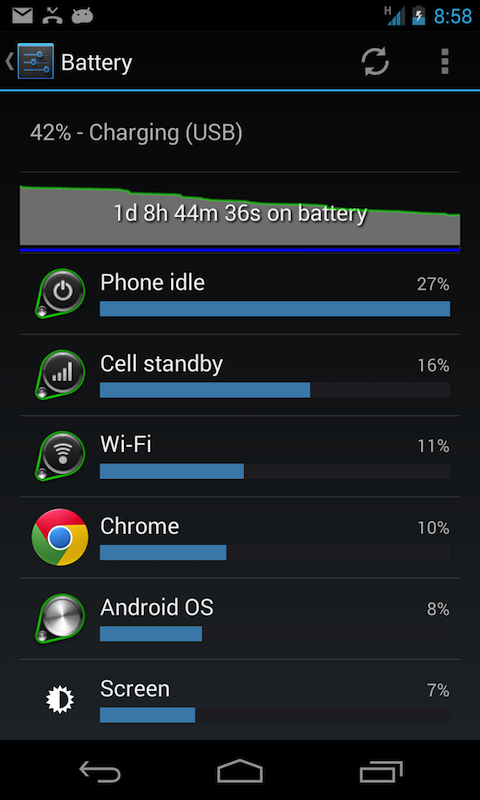If you have a public facing website today, then it should be mobile enabled. Period. In this post when I say mobile I’m referring to both native and web mobile. There are an endless variety of articles discussing the benefits of moving from web to mobile, however there are very few articles on the internet that discuss the costs of migrating from a traditional web software development environment to mobile. And, yes, in 2013 there are still some major and not-so major companies that haven’t migrated to mobile. I think the best way to start talking about costs is to expose some common myths.
These myths are more about discussing the impact of not “going mobile” and adjusting to an increasingly mobile-friendly world. Consider your users to be the experts on what the mobile experience should or shouldn’t be like. Remember, building mobile web sites and apps in 2013/2014 is about accommodating usage patterns that many, many users have already adopted and are intimately familiar with. This is okay, but you’ll need to play by the rules already established by thousands of other companies and organizations that have already built mobile apps. Don’t play and it could mean lost customers and slower business growth.
Myth #1 – Mobile, we don’t need no stinkin’ mobile. The sheer number of mobile devices in circulation is a hard, cold fact. There’s hundreds of millions of them. And rest assured these devices are well loved and used constantly 24 x 7 by their adoring owners. Smartphone and tablet sales worldwide have finally started to outnumber desktop sales. Along with the shift to mobile, the use cases have changed in a significant way. Think about this: desktop use cases only apply when you are sitting at your desk or crack open a laptop. In comparison, mobile devices go with us wherever we go and we can access them anytime and almost anywhere: such as standing in line at the grocery store, waiting for dinner at a restaurant, getting real-time driving directions and the list goes on and on. The very nature of having a device with you all the time, even when you go to bed, lends to its ease-of-access.
Myth #2 – Squeeze existing content onto a smaller screen. Don’t do it. It can lead to awful and sometimes nearly unusable navigation and surfing experiences. Users who spend many hours a day looking at their mobile devices and visiting dozens or hundreds of sites and apps that are mobile-ready will absolutely expect your content to be mobile compliant. For this reason major phone OS vendors have spent a lot of time and money to publish user interface guidelines.
Myth #3 – Continue to use long development cycles. The mobile world changes fast. Prototyping should occur in hours, days or weeks rather than months or years. Full release cycles are often measured in months. To get an idea of the pace of change check out how fast updates occur to the Android operating system. I’ve gotten feedback on some companies with mobile development cycles being planned for up to 1.5 years from design to delivery of v1.0. In today’s fast paced world that can be a sure bet for problems and increased risk of project failure.
Myth #4 – Recreate complex workflows on smaller screens. Mobile device workflows call for simplified, intuitive workflows with fewer steps. If you have what I’ll call an enterprise web app with dozens of menus and pullouts, pulldowns and multiple pages then you’ll need to do some homework along side a good user interface designer to figure out how to make it work on mobile. Chances are your app will have to be sliced and diced into smaller and more digestible chunks.
Myth #5 – Reuse existing security measures on mobile. Mobile security is vastly different than desktop security and applying desktop security patterns to mobile can be a recipe for disaster. People carry their devices everywhere and they tend to download many different apps, and some people don’t even use their screen lock. We’ve all heard stories of devices being left unattended in public places or left behind at airport security screening. So, there are many more ways for potentially serious security breaches to happen via mobile devices than your typical laptop.
Myth #6 – Users won’t like change. If you have a public facing web site today that’s not mobile compliant, chances are you’ll have a significant portion of your mobile users who aren’t happy. The best way to find out: survey. Ask your users what they think…don’t leave it to guesswork and opinions. Get the facts from the people who matter most: your customers. And, I’m going to go out on a limb and say that the majority of users would jump at the chance to use a mobile version of your website.
References
iOS Version History
Android Version History
WindowsPhone Version History
iOS User Interface Guidelines
Andriod User Interface Guidelines
